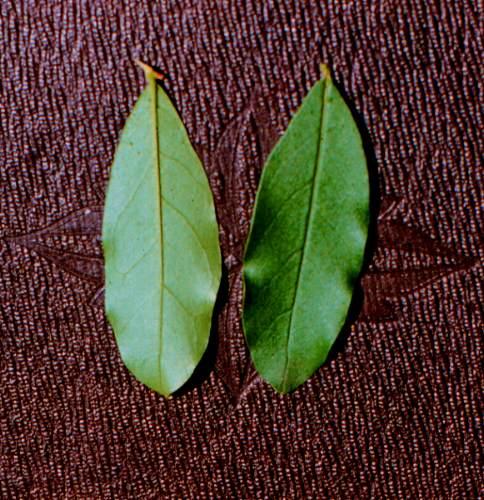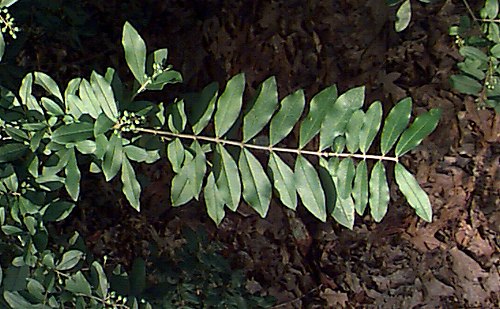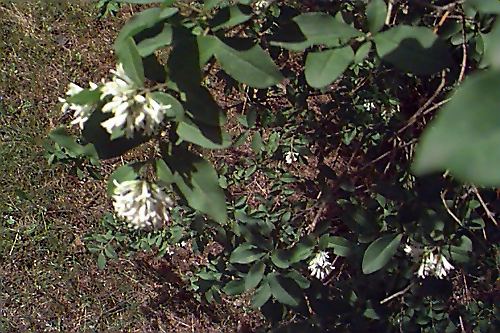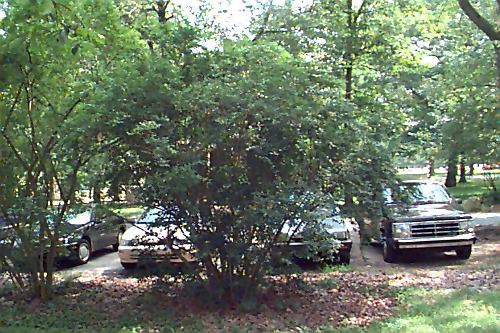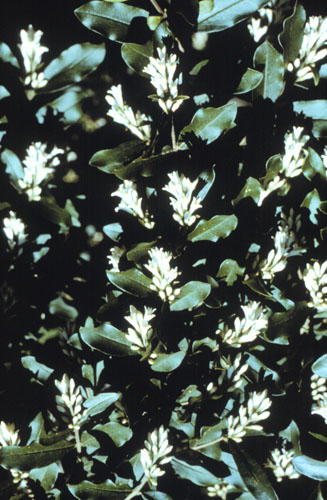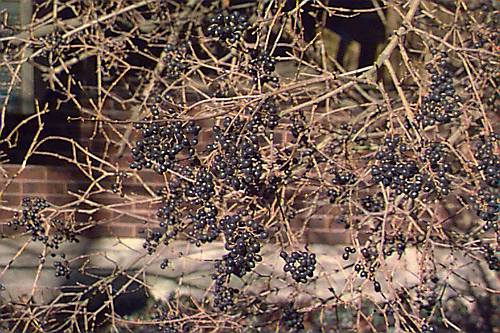Ligustrum obtusifolium
Border Privet
Oleaceae
ExpandHabitat
- native to Japan
- hardy to zone 4
- Special Note: This species has demonstrated an invasive tendency in Connecticut, meaning it may escape from cultivation and naturalize in minimally managed areas. For more information, .
Habit and Form
- a medium sized semi-evergreen shrub
- 10' to 12' tall with an equal or greater spread
- multistemmed
- broad horizontal branching
- fine texture
- medium growth rate
Summer Foliage
- opposite leaf arrangement
- simple, elliptical leaves
- 1" to 2" long
- entire leaf margins
- deep green leaf color
Autumn Foliage
- leaves turn reddish-purple
- not showy
Flowers
- white flowers
- foul odor
- blooms in June
- borne in narrow panicles
- somewhat showy
Fruit
- black fruit
- small drupe
- ripens in September
- persists
Bark
- thin stems
- gray-brown bark color
- smooth
Culture
- transplants easily
- extremely adaptable
- full sun to partial shade
- prune after flowering
Landscape Use
- screen
- border
- hedge
- foundation planting
Liabilities
- powdery mildew
- leaf spot
- aphids, leaf miners, mites and whiteflies
ID Features
- white fragrant flowers in spring
- black fruit
- opposite leaf arrangement
- small appressed buds
- green stems
- gray bark
- purplish fall color
Propagation
- by seed
Cultivars/Varieties
var. regelianum - This form is popular and useful due to its branches that spread horizontally to a height of 5'. The leaves are arranged in one plane for a neatly textured effect.
'Constitution' - A compact form with dense habit, this plant reaches 8' tall and wide with leaves that twist slightly.

